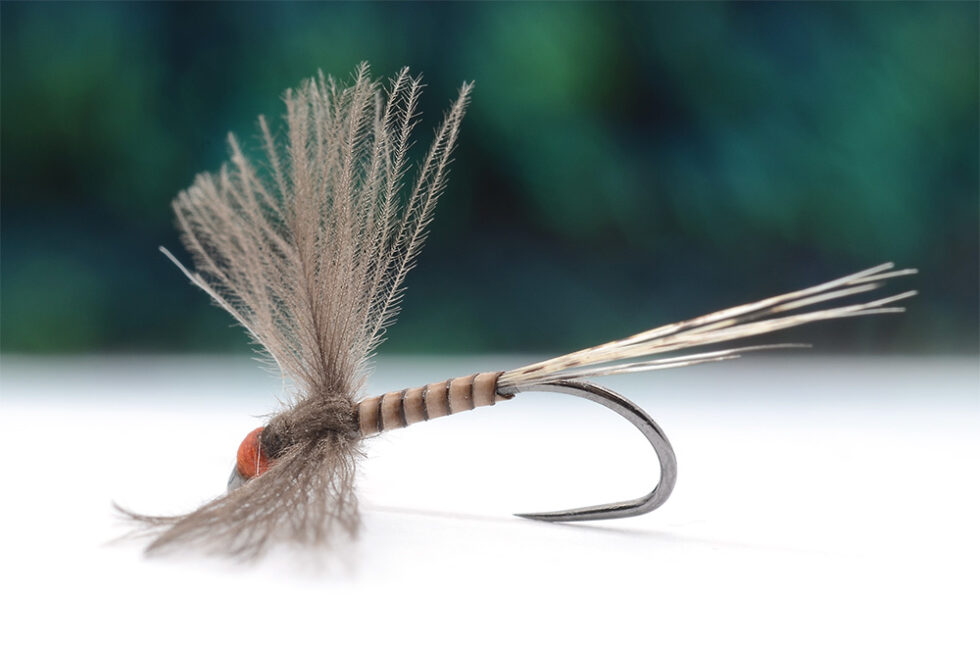
Tying a CDC spent fly can be easy or very complicated. Some time ago I published one or two models but this time I share with my beginner friends an old technique which is super simple. I learned it around 15 -17 years ago from a friend of mine George from Sibiu.
I found this way of tying, later, in tying books, together with other great techniques.
Tying Materials:
You need a light hook like Maruto, Tiemco, Daiichi or Varivas. I love these hooks for their thin wire. Hanak has a similar model but I didn’t test this pattern because the spent flies should be simple with a very clear water print. It is very important not to overdress the fly. Thin wire will help the fly to reduce the weight and to increase the floating time even when the water is flowing faster. Size #14 should be the biggest.
Thread should be the thinnest possible. I prefer Veevus GSP 30 DEN -white color. It is very strong and helps you to build a good base for the fly without increasing the diameter of the fly. A bulky look is not what we need at this fly.
Tail: the best material you can find: synthetic tails, good quality rooster barbs or Coq de Leon. My favorite is Coq de Leon in Pardo color ( medio, claro or oscuro )
Body: here is simple: Peacock quill – hand cleaned. You can do it yourself or you can buy it. There are on the market quills produced by Devaux, Troutline and Polish Quills.
Wings: 2 feathers of high quality cdc. I prefer to use CDC from Wild Duck. They are the best for this kind of flies. And, a very important tip: small flies, not over 2cm! I know a lot of folks love big feathers. Frankly, in CDC world, big means bad. Small means good or great. Why? Because small feathers have a thin and very elastic stem, the structure of the barbs is more delicate and the floatability is higher.
Thorax: just a few cdc barbs. I prefer to use a wax made based on cdc oil and bee wax. I found it the best for CDC flies and thin dubbed flies because it doesn’t overload the thread.
So let’s start:
Make the base of the fly wrapping the tying thread on the hook shank. In this way you will have a stable body and your tails will not slip aside while tying.
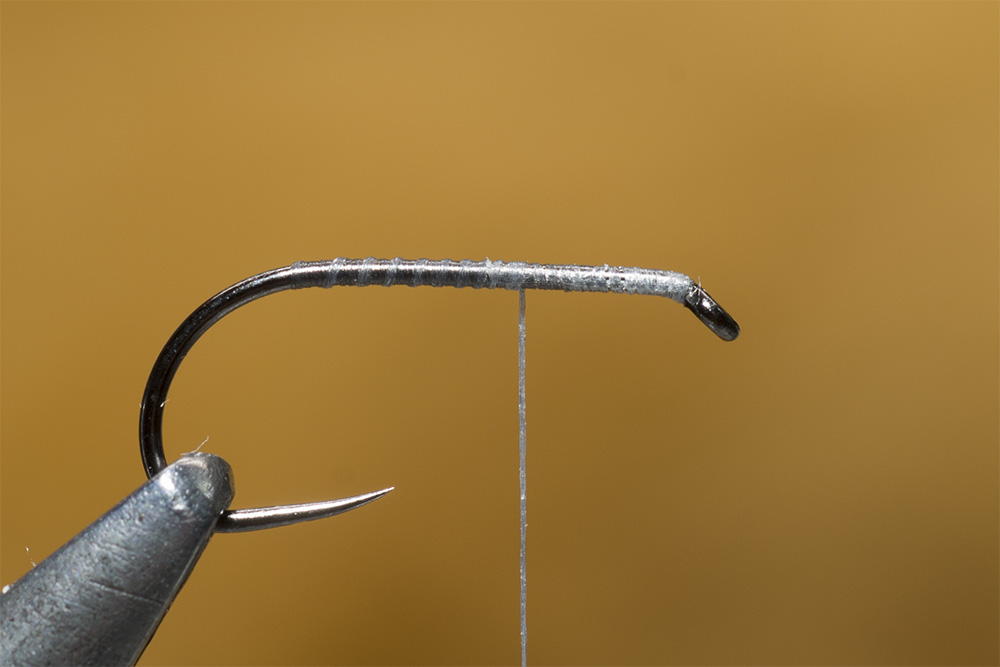
Fix the tail carefully on the hook shank, not on the sides. Make sure that your tail stays in place. Hold the ends up while you wrap the thread.
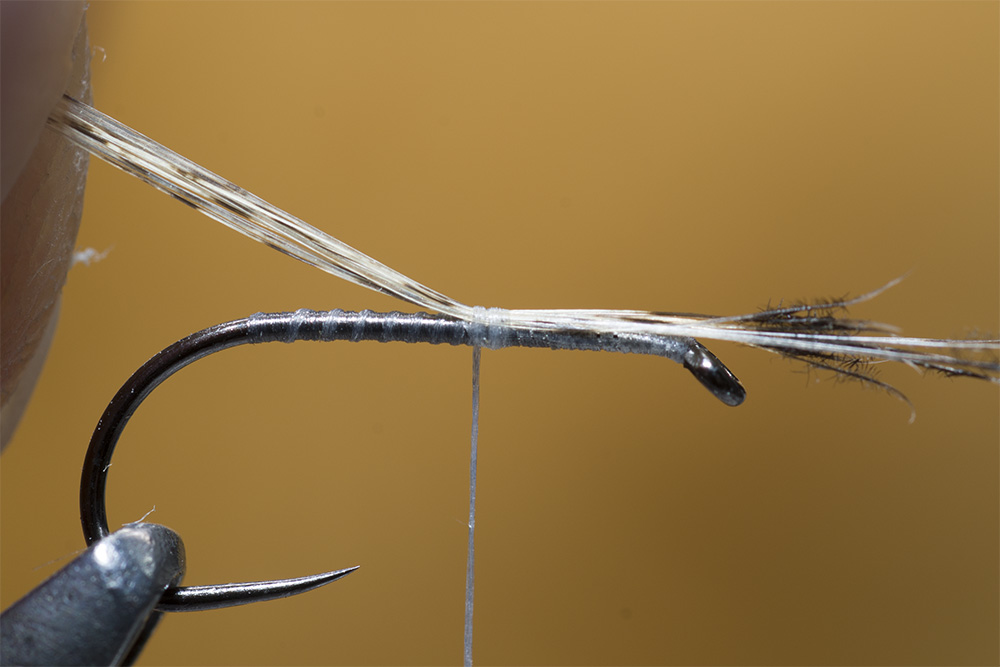
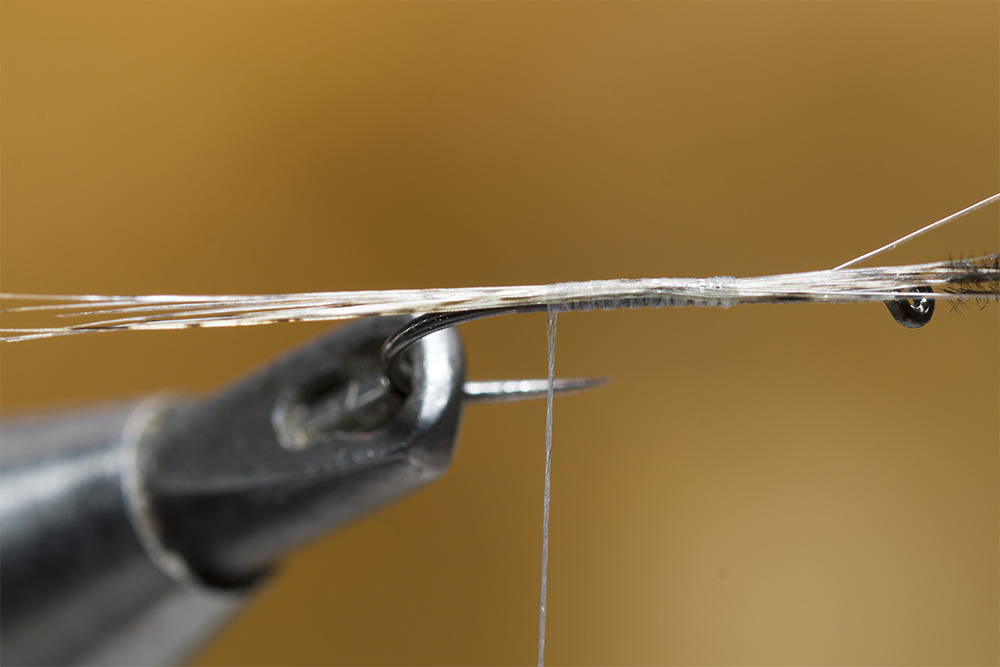
Fix the peacock quill. I prefer to do that not from the tip because it’s fragile and does not give a nice segmentation because it’s narrower. If you fix it from the base you will get good and nice body segmentation. One more thing about fixing: I prefer to fix it on the hook side to increase the flatness of the fly.
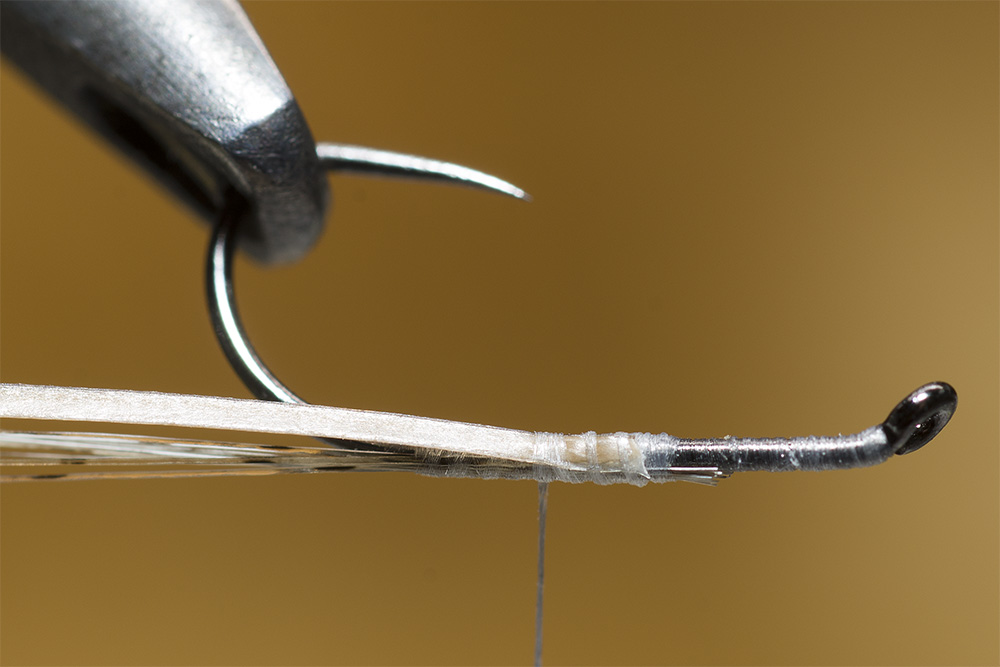
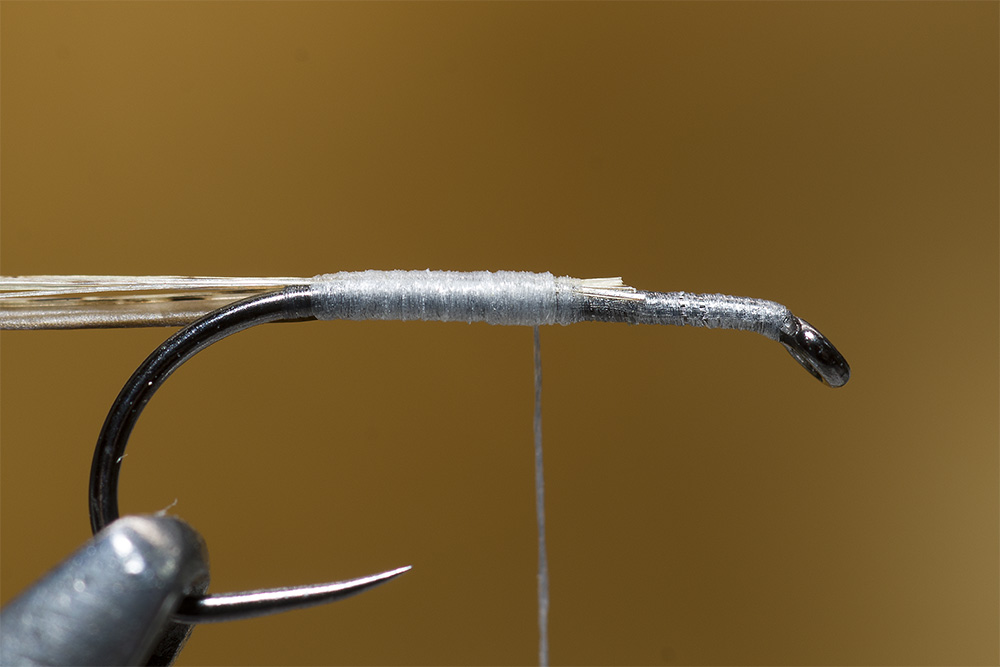
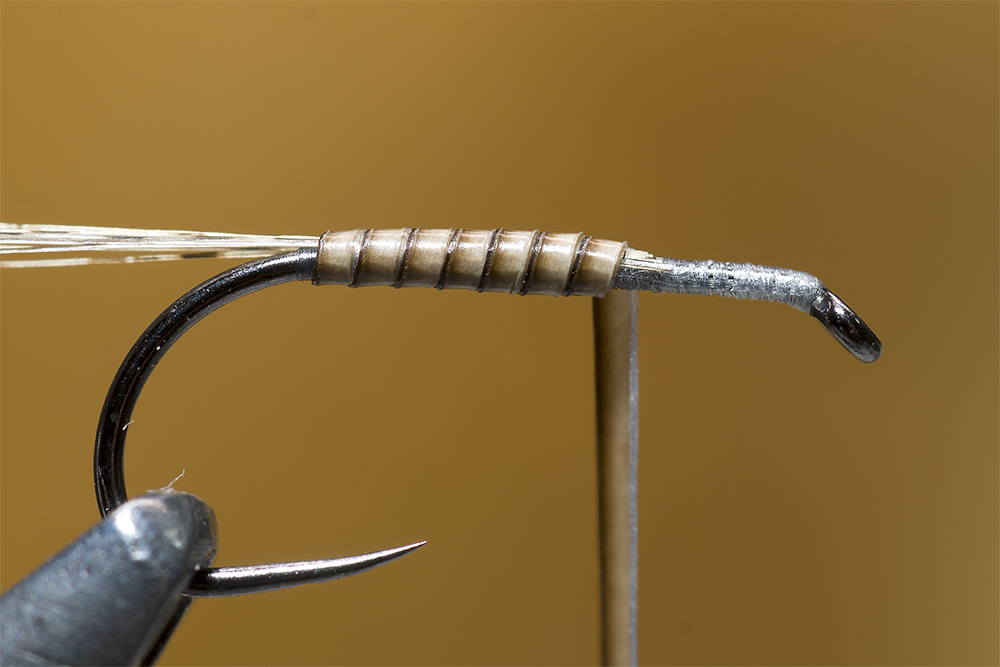
With 3 wraps of thread you will keep it fixed. Do not use more than 3 wraps, because you will overload the fly.
Then fix the CDC feathers : only 2 pcs.
Check the length of the wing:
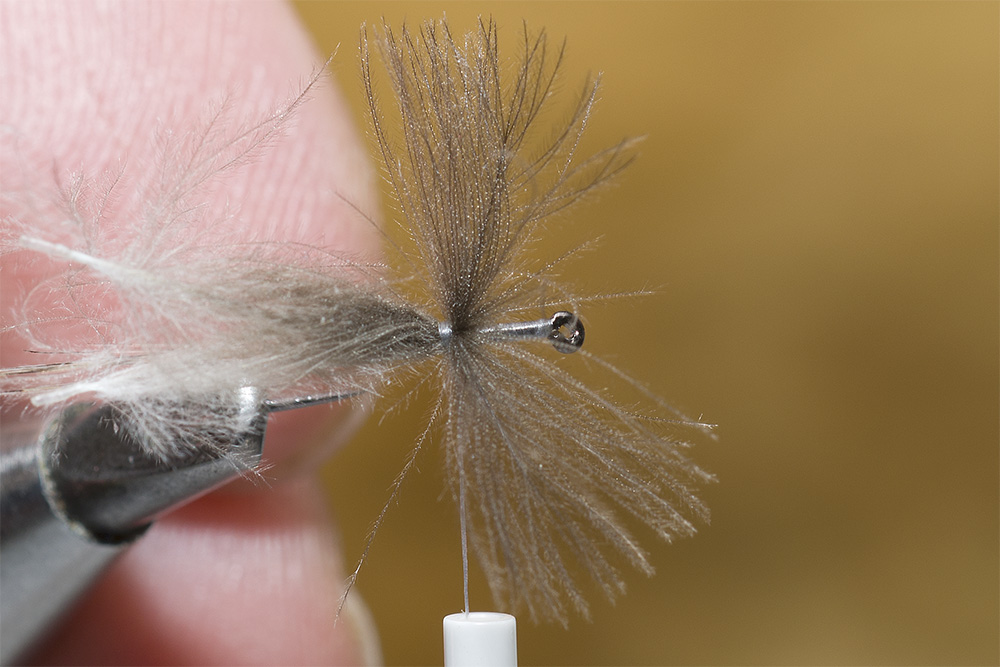
If you like what you obtained then add another 3 -4 wraps of thread in front of them to fix them in the right position.
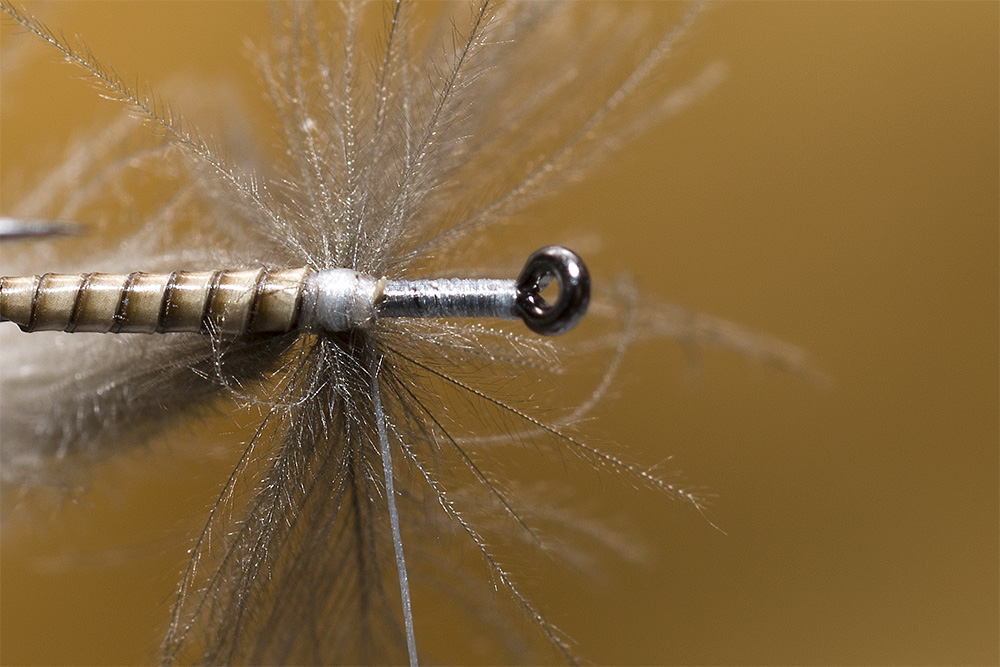
Then a few barbs of CDC dubbed on the thread will help you to make a nice and delicate thorax :
The last part: finishing the wings. Bring the feathers calamus in front of the tips to lock the wings and complete them:
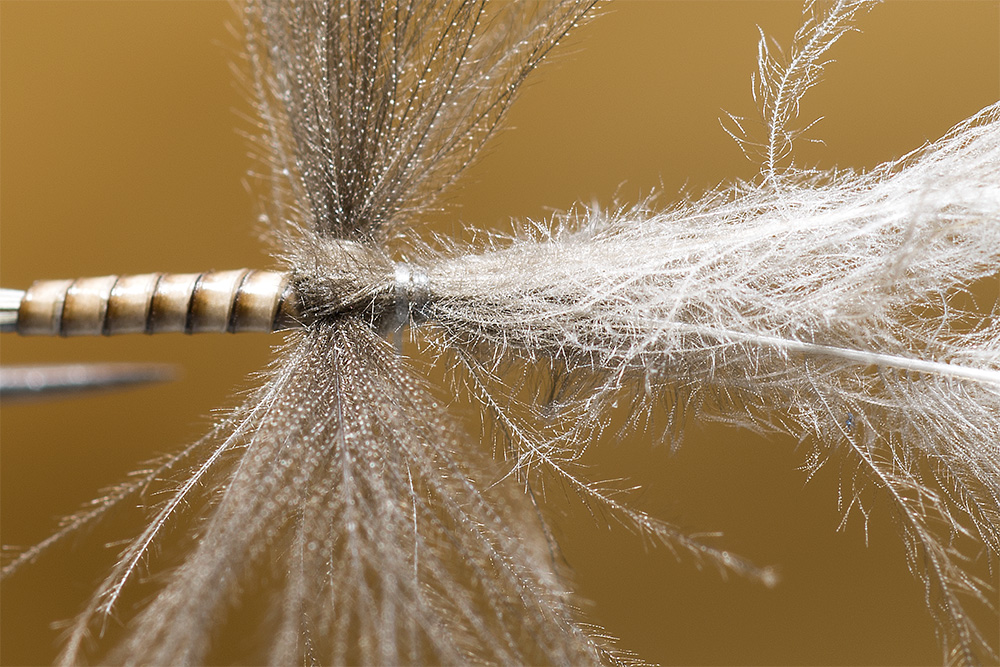
A few good wraps and if necessary add a few dubbed cdc barbs on the tying thread to complete the fly and form the head.
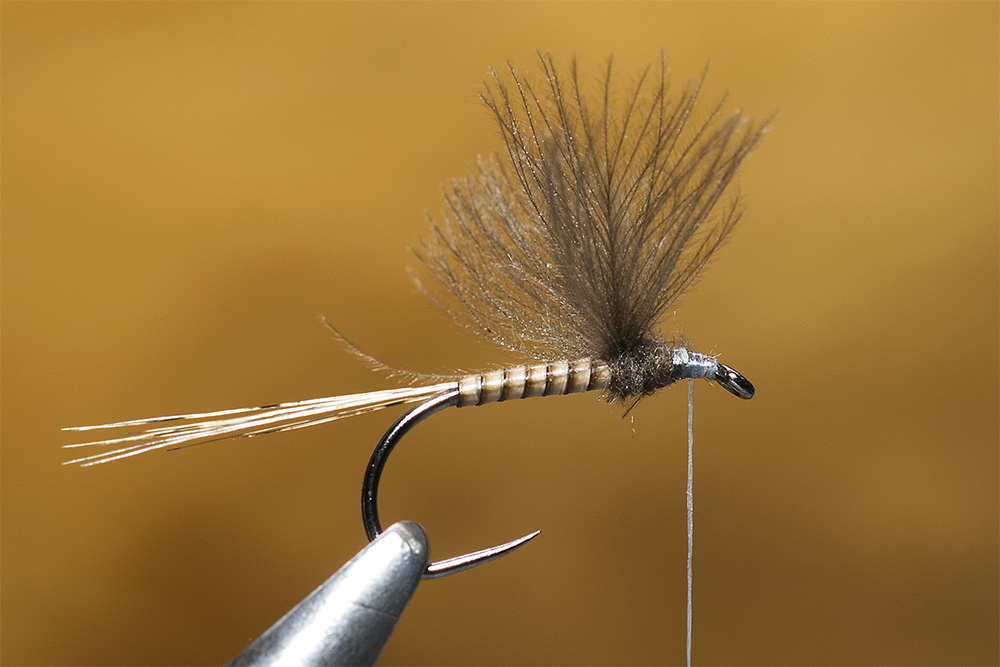
With a permanent marker you can color the head. I like orange because it imitates the male insects 🙂
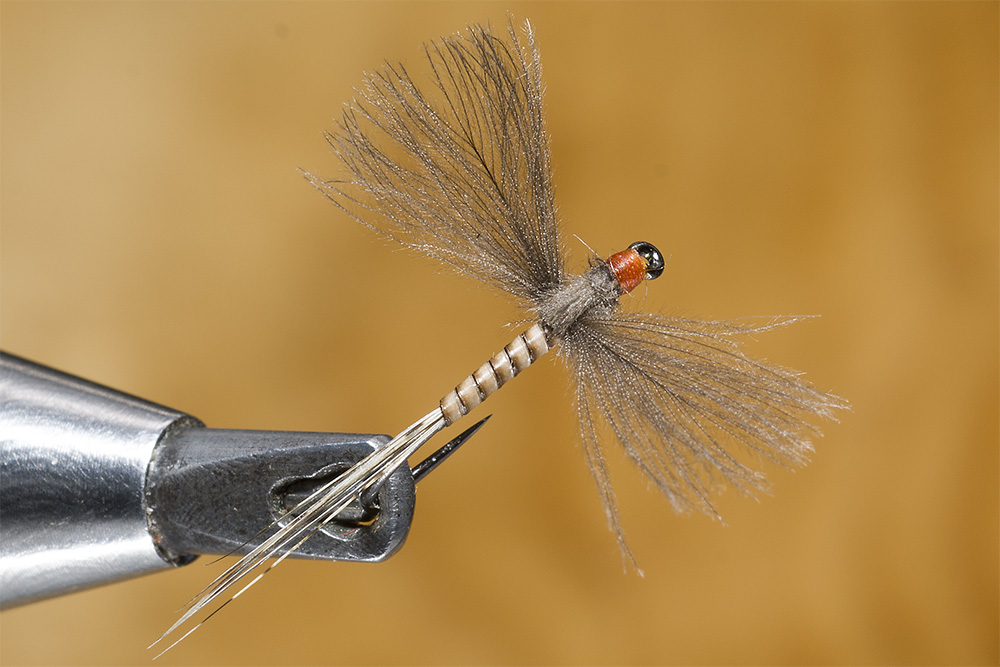
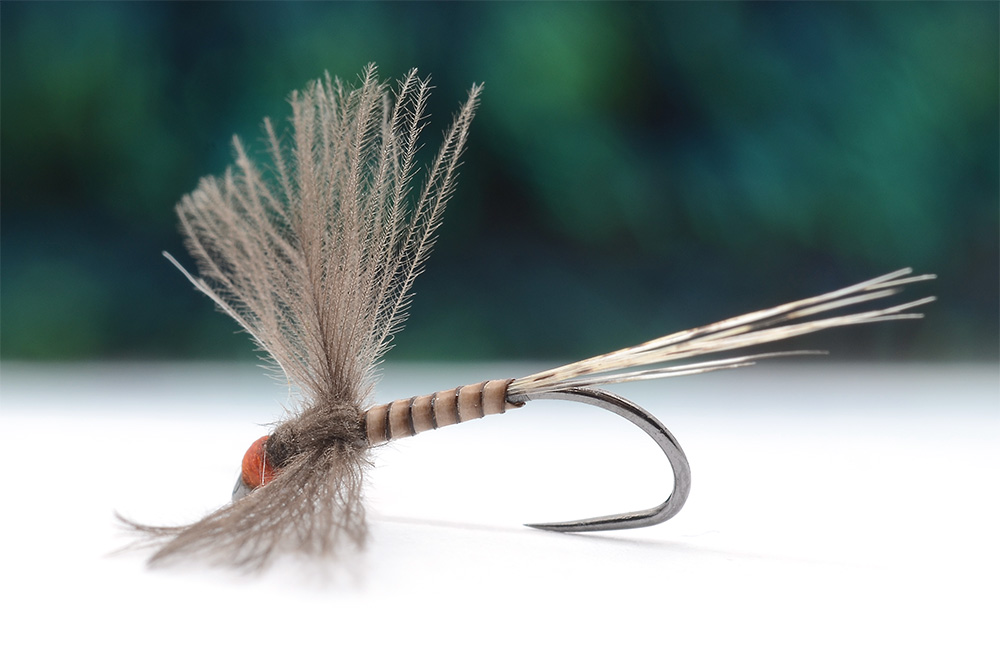
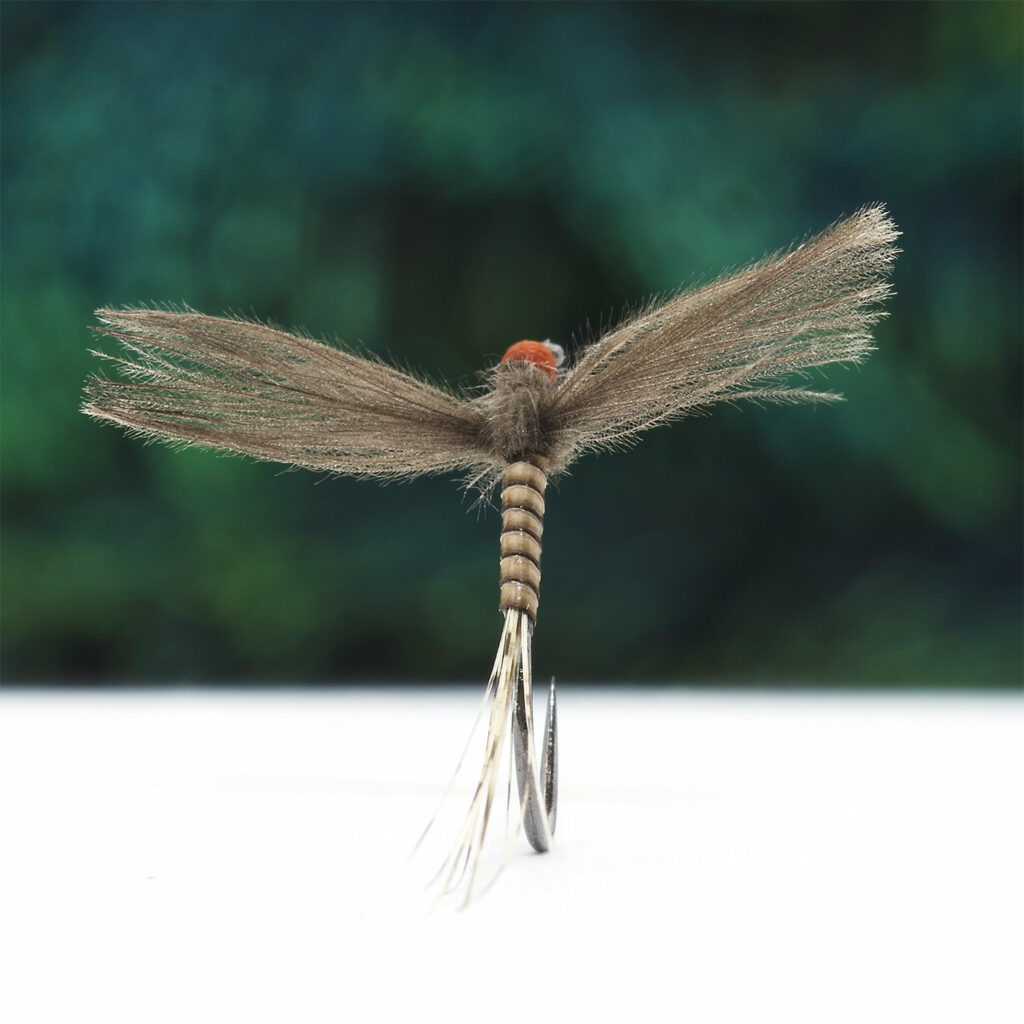
So that’s it, nothing complicated, a simple fly to tie, easy for sizes #14 and #16. For size #18 and #20 I have a different way of tying it, super easy too 🙂
I hope you like it and I hope to hear your thoughts about this model 🙂
Cheers,
Lucian

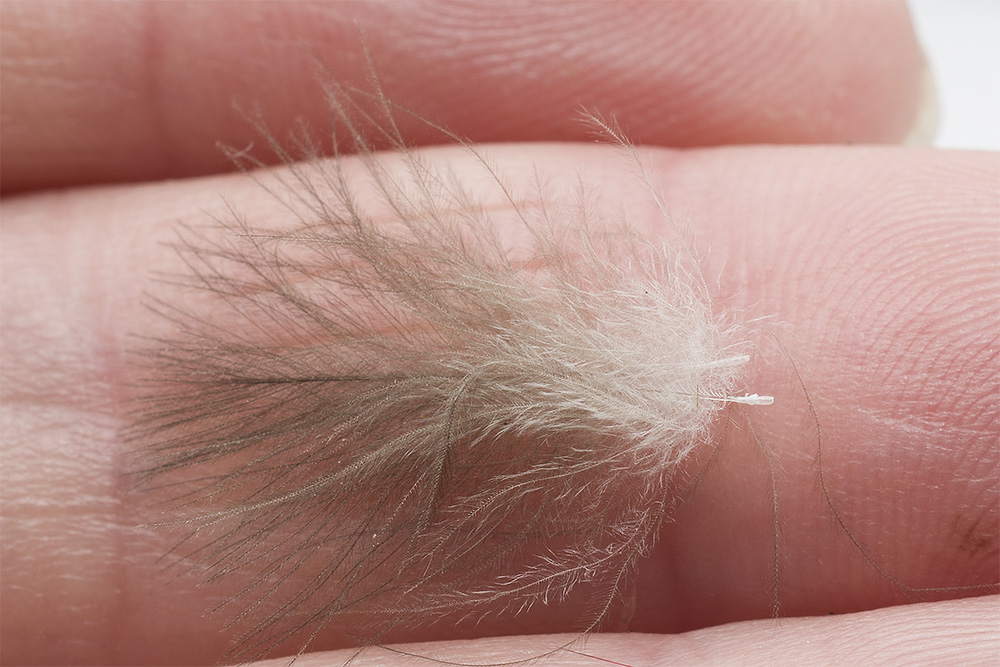
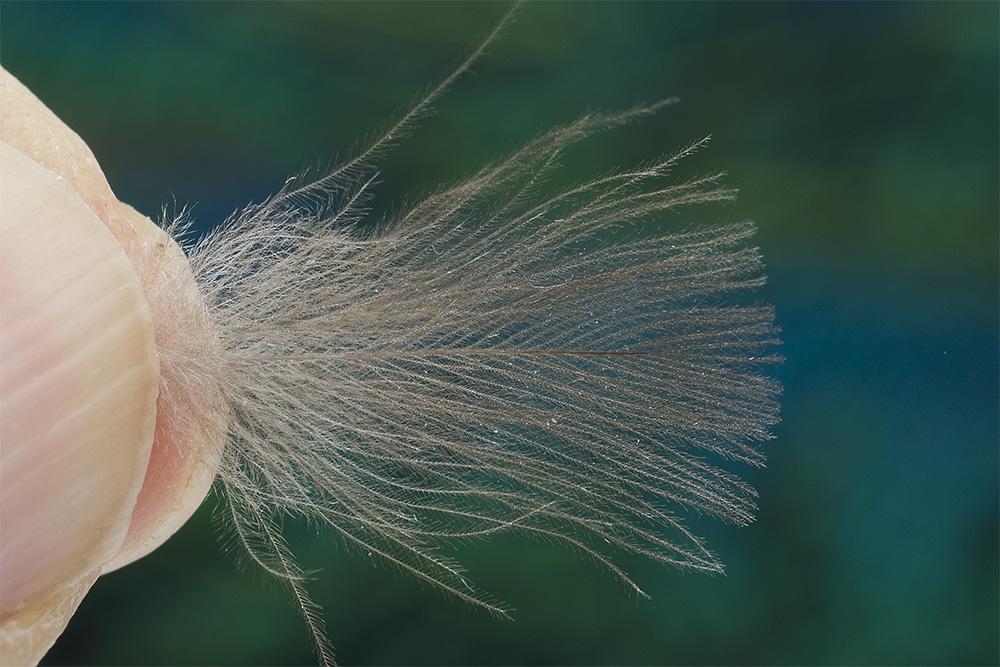
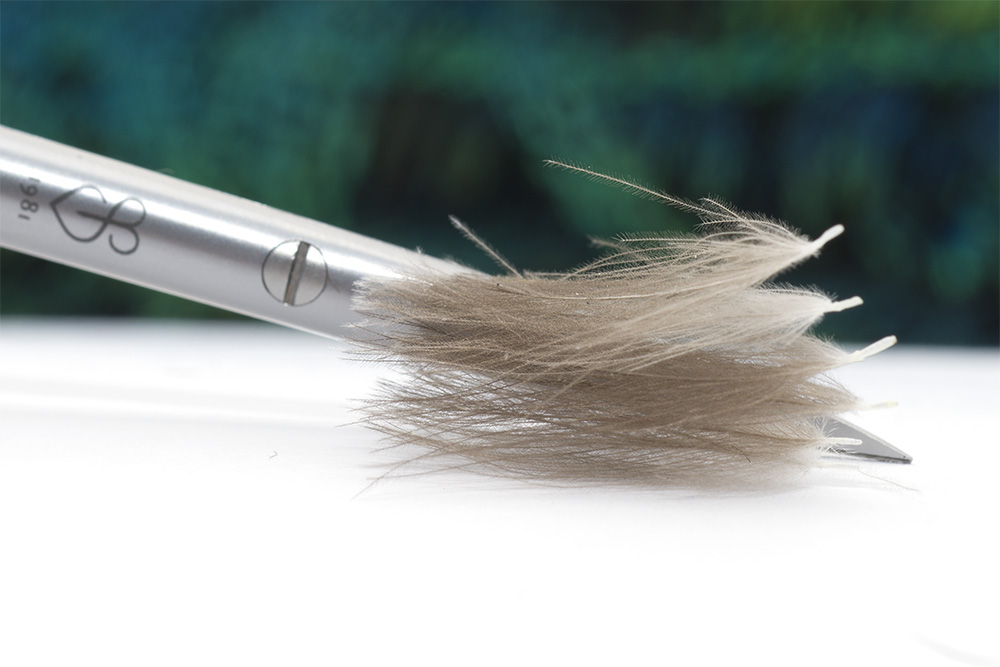
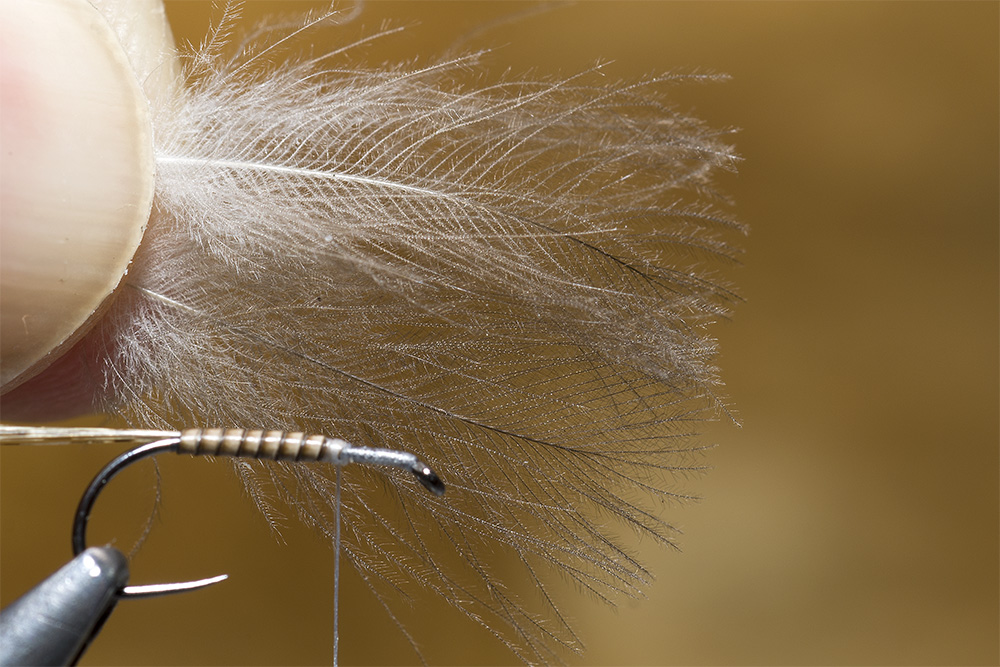
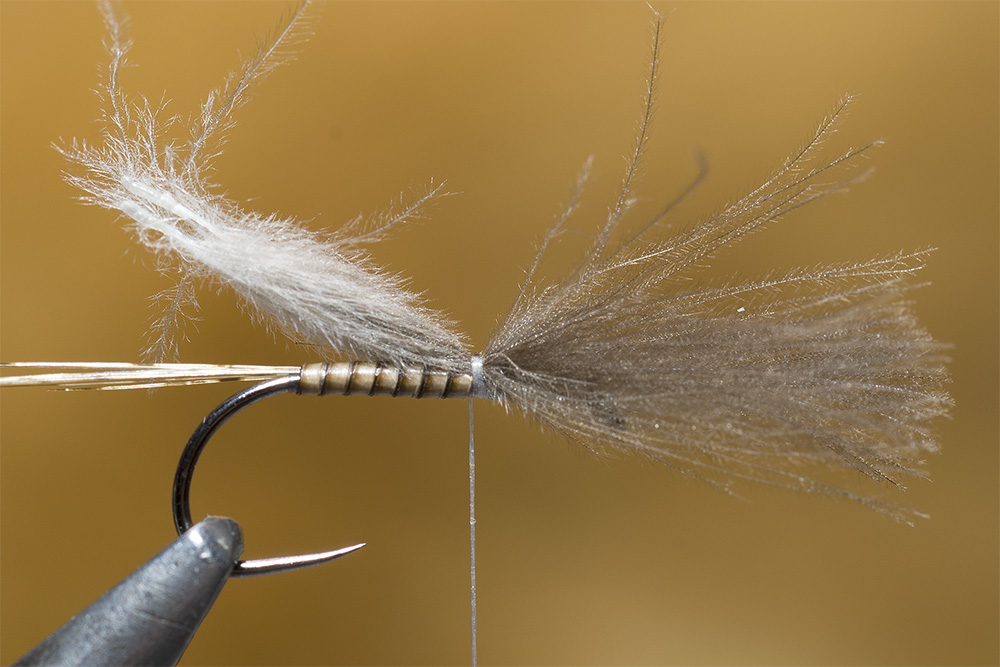
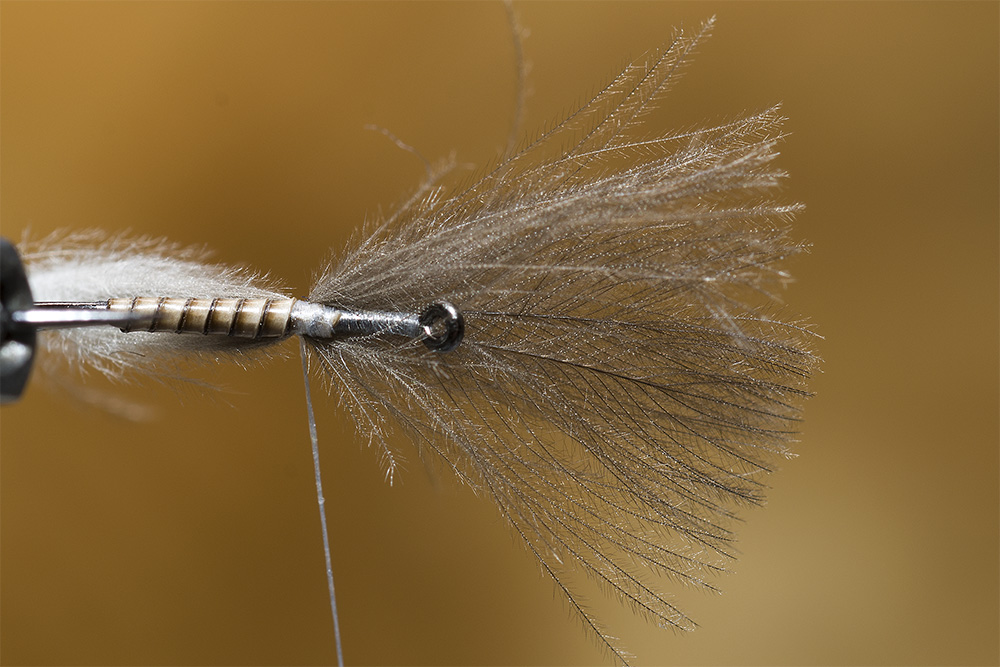
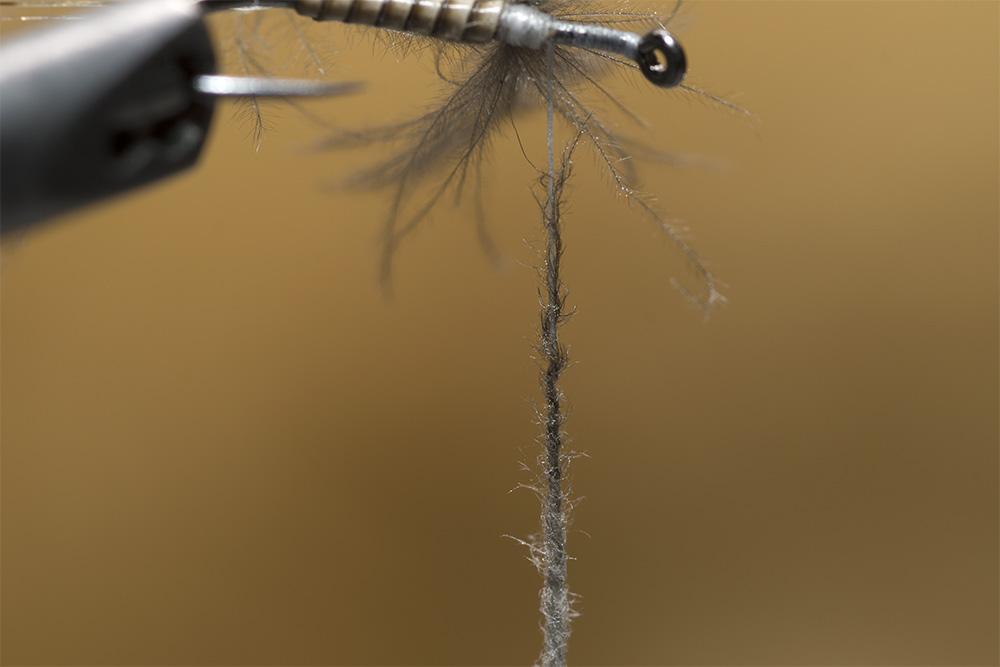
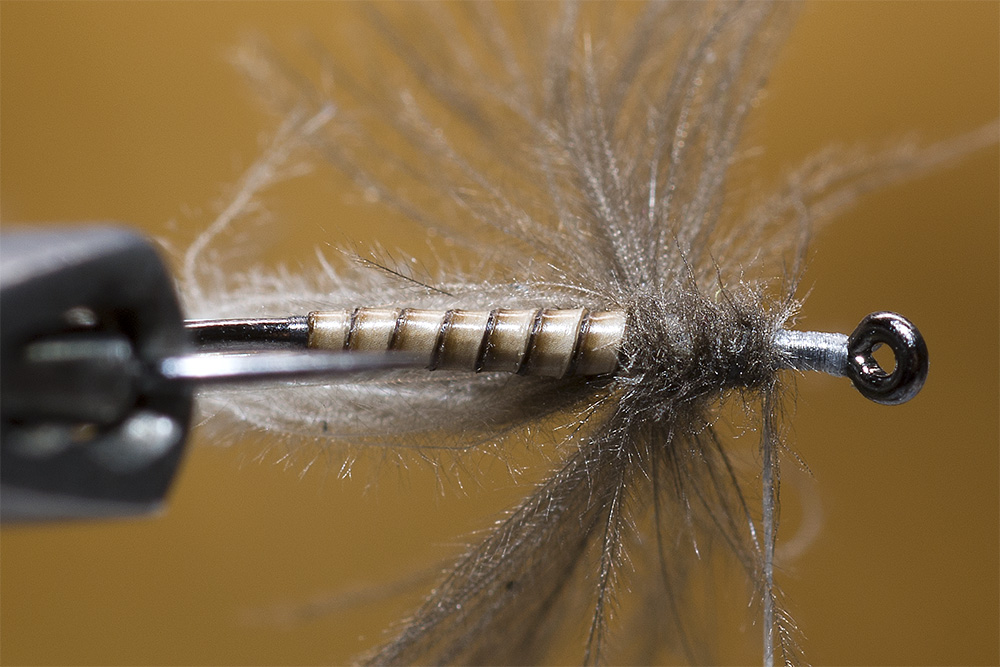
February 20, 2022
Nice.
So waiting for the other way for things size 18 and 20 😊.
February 20, 2022
I hope that next week I will make it, thanks for comment Eric 🙂
February 21, 2022
What a beautiful pattern! I would love to see how you tie your duns with upright wings. Thanks, Gregg
February 22, 2022
Hi Gregg, I will do, is not complicated 🙂
Thanks for comment,
Lucian